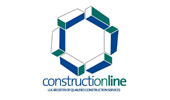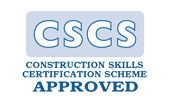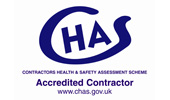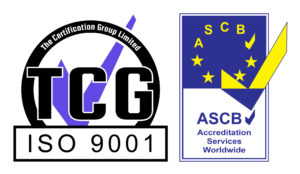The Importance of a Screeded Floor
Screeded floor – a vital component of any flooring installation
Hi, I’m Andy Parkin and I am the Managing Director of Speed Screed, a Multi-Award Winning British Company. Screeded floors are found in multiple construction projects so today I am going to give you a little more information about your screeded floor – what it is and why you need it.
Why do I need floor screed?
Any tiles, vinyl, laminate or carpet needs to be laid on a level floor. Technically speaking 5mm per 2 metres is the maximum the floor surface should vary so screed is used to make sure the floor is as level as possible and that the surface is smooth and stable to support your chosen final flooring layer.
A screeded floor will have all the variations in the floor made level because the thickness of the screed layer will take out any normal fluctuations. The most common types of flooring laid over a screeded floor are carpets, linoleum, vinyl, laminate, wood and tiles. The screeded floor is there to level the area and is not designed to be the final surface so another layer must always be added.
What is the purpose of the screeded floor?
As well as making sure an area is level and suitable for the final flooring screed is also used when installing underfloor heating systems. The floor screed will make sure that the heat is distributed properly and evenly and your screeded floor will make a positive impact on your energy consumption too.
What kind of screeded floors are there?
A floor screed is made of a combination of cement, sharp sand and water and often contains other products too. It is most commonly used to smooth out and level an area prior to installing the final flooring. It can also be used to cover pipes used in underfloor heating.
There are different types of screeded floor including:
Traditional – usually sand and cement, used to level the surface in preparation for the floor.
Self-levelling screed – this is used where floor levels fluctuate and are often placed as a top layer on an existing screeded floor.
Reinforced – this is a type of screed with added fibres or metal meshes which can be used to help reduce cracks, curing and shrinking as the screed dries.
Liquid or pumpable – these are flowing screeds that can be transported to a site and pumped directly onto the base layer, increasing the speed and efficiency of the application.
Where are screeded floors used?
Screeded floors can be found just about anywhere a construction project takes place. As well as being used in domestic settings it is also used across the board in schools, retail, airports, hospitals, factories and various other commercial and industrial settings.
Getting it right
Screeded floors form the support for the final flooring layer and because of this, it is important to get it right. Choosing the right screed, the right mix and the right method of application is essential if you are to get the most from your floor.
To help with this, we have put together a lot of different articles about various aspects of screeded floors and how to make sure yours will give you the best value, and consistently good service, for many years after installation.
We are here to help, please contact us.
Our Accreditations
About Speed Screed
Speed Screed Limited was founded on the key principle of providing first-class customer service. It has since built itself an impressive reputation for delivering high-quality projects across the United Kingdom Floor Screed.
The company’s success is built on its belief in quality work, attention to detail, on-time completion, strong working partnerships and the recruitment of top-level staff. about us >








